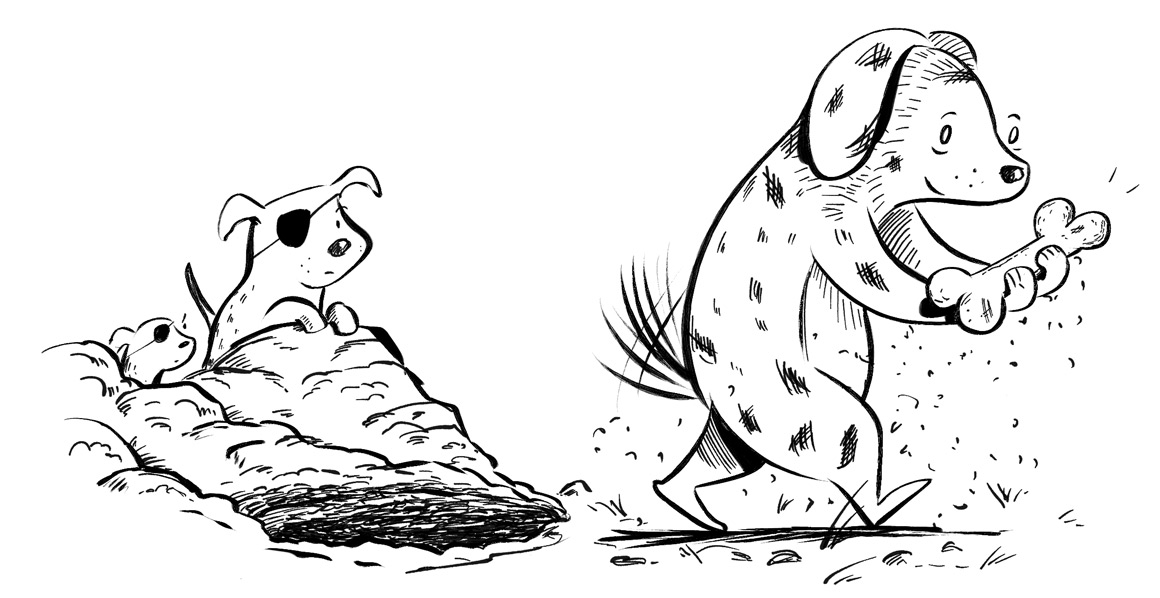I remember feeling very excited when I found my first book, Row Row Row Your Boat, in an actual bookshop, on an actual shelf, next to other actual books by actual authors and illustrators I admired. You would think that this would provide the motivation to do another one, and another one, and another one. But, I’ve come to realise that, for me, the motivation has never really been about the ‘legitimacy’ of being published, it’s been about creating physical art – stuff that I can touch and feel – as a ‘breadcrumb trail’ of my evolution as an illustrator, a storyteller, and a human.
Something gets lost in the digitisation
I find that, in the digitisation of my art (via hi-res scanning), something is lost. The texture, the staining, the pencil marks, they all feel different to me when I see it printed on a the same shiny pages within a commercially produced children’s book.
Don’t get me wrong, I get used to it, and I still love my books. But when I open one of my originals from the archive, the feeling is different. The feeling I get from seeing the original is one of scarcity, of preciousness. An internal voice says, “this is the only version of this in the whole world, and it’s right here.” The relationship to the work has an intimacy that I don’t get from one of 10,000 copies sitting in a warehouse somewhere.
Why does any of this matter? Because, in my view, it’s important for artists to be clear on their motivation and where they derive satisfaction. If all we care about is being ‘validated’ through the commercialisation of our work, then what do we do if/when it’s not commercialised? If, however, what we care about is finding out who we become through each and every piece we create, then it no longer matters if someone buys the work. All that matters is that we keep making it.

